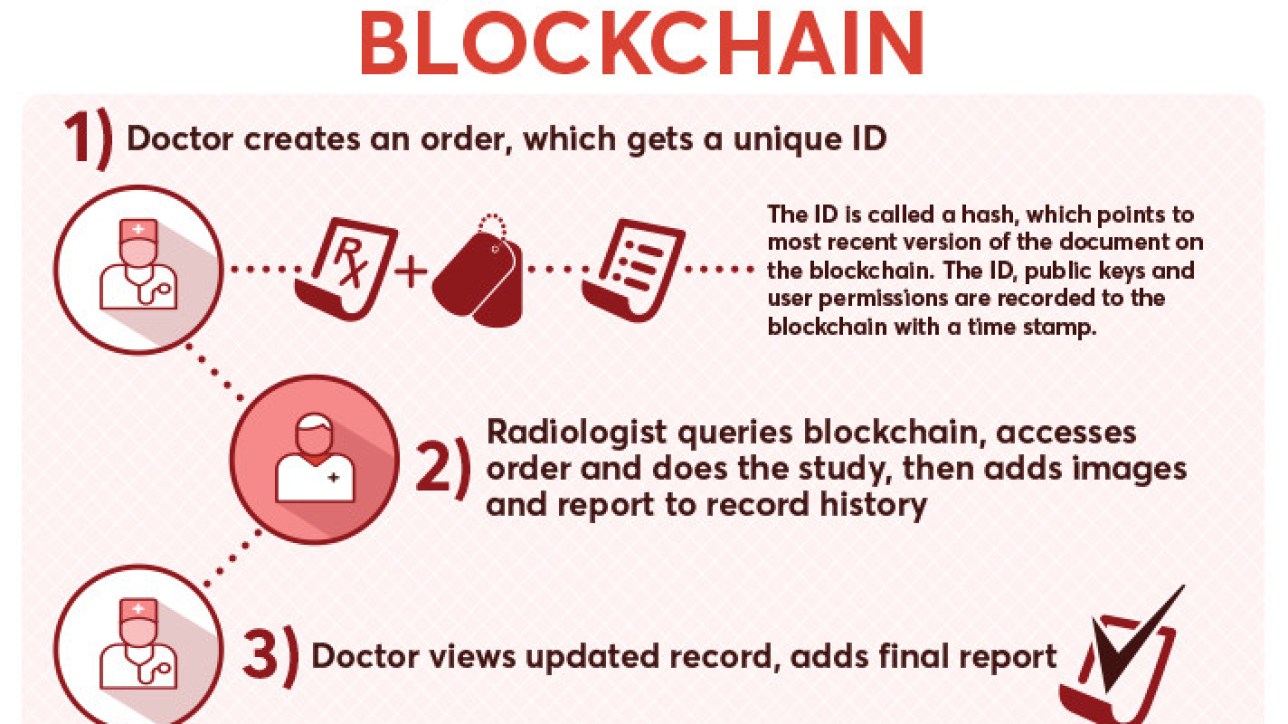Blockchain is a peer-to-peer (P2P) distributed ledger technology that enables transparent transactions. Satoshi Nakamoto’s pioneering work in using Proof-of-Work (POW) for solving the double spending problem sparked a worldwide interest in the field of distributed, trustless consensus systems. Although POW is not a new idea, the way Nakamoto utilized it with P2P networks, merkle chains, and cryptography to form a consensus system paved the way for crypto-currencies like Bitcoin. But blockchain is a lot more than Bitcoin and has many applications outside of crypto –currency, including in healthcare.
DOCTORS ARE DOING THE DATA WORK
Electronic Health Records (EHR) of patients are used to determine their medical history. This information is of great value to doctors when a new patient comes in, or when they are transferred from elsewhere. This process is unfortunately hurdled with a lot of pain points. Lack of interoperability between healthcare providers costs 150,000 lives and $18.6 billion per year, according to the Premier Healthcare Alliance. A big problem with EHR is the maintenance overhead involved. “We’ve turned many physicians and other providers into data entry clerks and it detracts … from their productivity but it detracts greatly from their ability to provide quality care”, said Tom Price, the current United States Secretary of Health and Human Services.
Healthcare providers have to process a large number of patient records using cumbersome EHR softwares and store them in a virtual data room that can ensure secure sharing compliant with HIPAA. This data format is often not compatible with the data format used by other healthcare providers and thus it cannot be directly imported – leading to an even more duplicated workload.
DATA SECURITY MUST BE THE FIRST PRIORITY…
Ransomware infiltration in hospitals has increased in the last few years. EHR is one of the most sensitive pieces of information about a person and such data can wreck havoc in their lives if nefarious elements are able to access it. In 2015 alone, there were a total of 112 million healthcare records breached.
Blockchain solves the issue with secure storage of this data. Since there is only one source of truth for the data, each node (healthcare provider) in the system derives from it and stores a local copy with it. Each trusted node has a secret private key and a public key that acts as an openly visible identifier. A patient’s private key would be required to access the relevant information from the blockchain. This public/private encryption scheme allows the patients to share unique information with different healthcare providers on as-needed-basis and also look at the access log. Even if a patient’s private key is hacked, the damage is contained and other records still remain secure.
…AND DATA STANDARDIZATION, THE SECOND
Even if the processes work as intended, they are still not very effective. Each prescription to the patient is not necessarily dependent on other prescriptions, and there is no way to know about any simultaneous prescriptions without the patient keeping an active record of it. Blockchain solve this issue naturally, since it is a ledger. Each prescription is a deposit into the blockchain and a further competing prescription would require a withdrawal from the previous one beforehand. A new doctor gets to see the live history of a patient instead of analyzing a snapshot of prescriptions as with the conventional EHR systems.
Using blockchain technology for keeping EHR also helps in standardization of data. This solves the incompatibility issue between EHR softwares used by different healthcare providers.
THE CHALLENGES OF IMPLEMENTING BLOCKCHAINS FOR EHR
First of all is the issue of scalability. Blockchain requires a huge amount of power to operate. At some point the trade-off between transaction volumes and computation power required would become too difficult to sustain and this puts a physical limit on what we can possibly achieve with this technology. Another issue is of data standardization and storage limits. Blockchain is good for storing standardized data fields like age and sex and summary in text form, but not expansive medical details like notes or abstract data types like MRI scans and human genome. This means that such data would require alternative storage anyway. This would require additional integration layers to be built to interoperate with the blockchain system.
MedRec is a solution developed by graduate research students at MIT using the Ethereum blockchain. It acts as an interface between multiple institutions’ health records. It allows the patient to grant access to their medical records securely to their healthcare provider. A huge amount of innovation is coming out in healthcare using blockchain and it will be interesting to watch the developments in this field in the coming years.

